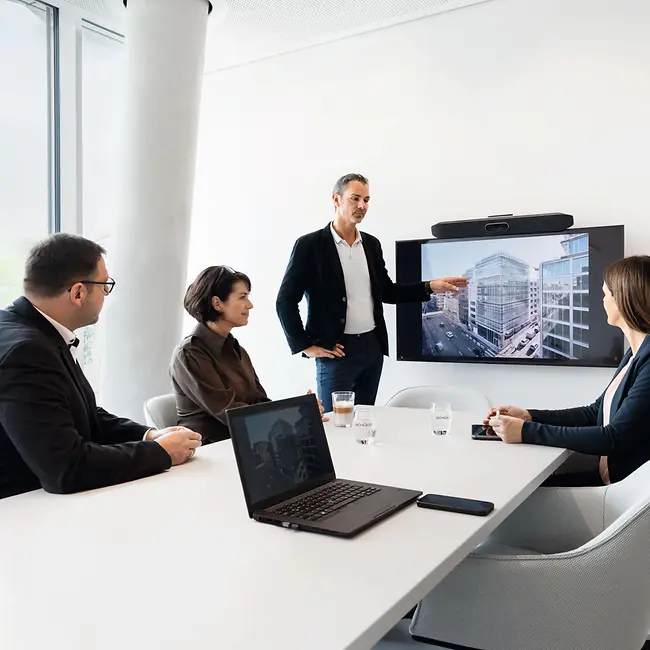Meet Green Deal requirements with Schüco Carbon Control
With its European Green Deal, the European Union has set a clear goal for Europe: climate neutrality by 2050. It is a huge challenge that will also change the construction sector, which currently accounts for 38% of global carbon emissions. The aim of the Deal is to continue reducing emissions across the entire lifecycle of a building. In future, CO₂ will become a new currency and the carbon emissions of a building will be a main criterion in investments and tenders. With Carbon Control, Schüco helps investors, architects, fabricators and operators to comply with the rising number of legal regulations and find tailored, competitive solutions to meet increasingly complex requirements.




